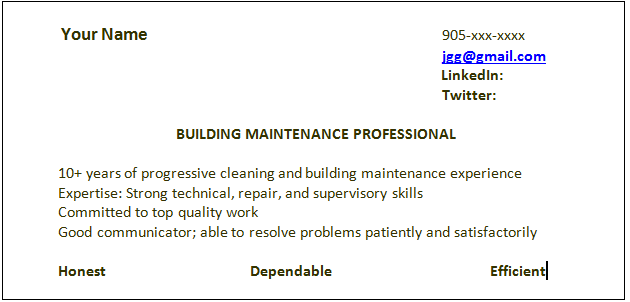Since launching in 2003, LinkedIn has grown into the largest online professional networking site, with over 380 million members worldwide, including over 12 million users in Canada. As economic changes have happened globally, and with the increasing popularity of online job search, LinkedIn is acknowledged as a leader in connecting job seekers to potential employers, with 94% of recruiters using LinkedIn to vet candidates.
What are the benefits of LinkedIn for the average job searcher, then?
First, it allows you to connect with people who may be in a position to help promote your career. Remember – it’s not only what you know, or who you know; these days, it’s who knows you and how easily they can find you that matters.
Second, by setting up a strong and impressive LinkedIn profile, you are showcasing your social media skills; your social media savvyness might be helpful to convince employers that you have up-to-date abilities.
Also, a complete profile on LinkedIn will show up in the top results of a Google search that an employer might conduct. It will help you control your online image, and override anything else that might appear about you online.
Finally, it is a great source of up-to-date information and insights about jobs, companies and trends. You can learn about companies, read up on trends and join discussions with like-minded professionals in your field.
Here are some steps to help you set up and begin using your profile on LinkedIn:
1. Prepare — set aside some time to put together your profile. Have the following ready:
- You will need an updated resume, which is complete, well worded and accurate, and includes a well written profile summary
- Prepare a list of key words that describe your most relevant skills and achievements; the best source of these skills is from online job postings – have a look at the qualifications employers are requesting and use the SPECIFIC words that they list. Remember that LinkedIn, Google and the rest of the Internet is key word driven – if you don’t use the specific words needed to describe your abilities, you will not be found in a search
- Prepare a profile photo to upload – keep it simple and professional
- Be willing to access your email address book, from which you will download your contacts to connect with them.
2. Complete your LinkedIn profile – your goal is to eventually achieve a 100% completeness.
- Add your jobs and education — include jobs from the last 10-15 years of work, or even more. Use the correct job titles and company names. Include a relevant description of what you did in each job — cut and paste from your resume; you can always edit it later on LinkedIn, if you feel the need to add or modify your profile
- Upload your profile photo — images are very useful to validate your profile; profiles without photos tend to be perceived as either fake, or simply incomplete
- Connect with people – be open to invite as many people as you know and accepting invitations from a range of people; generally, it’s better to have more contacts rather than less. You never know who might know someone (or something) that may be of use to you. Make sure not to send out mass invitations, and that each invitation is personalized, including a brief reminder about how you know that person
- Seek out recommendations – start with offering to write recommendations first, if that helps
3. Use your profile to meet your goals — don’t just set it up and walk away:
- Set out to connect with and meet new people – expand your network through joining groups and participating in discussions, online and in person networking sessions
- Job Search on LinkedIn – the job search tool is excellent and will help you discover who is hiring and whether you know anyone who can recommend you to a job
- Identify a list of target companies, seek them out on LinkedIn and follow them to see who they hire and for what positions
- Update your status – share interesting articles and keep your contacts updated about your activities – stay positive and upbeat, but make sure they know that you are looking for work.
As with any job search tool, LinkedIn is only as effective as the amount of time and effort you put into it. Make sure to keep using it, consistently staying in touch with your contacts, reaching out to new people and companies, as well as join networks and discussions. By harnessing the power of the most up to date job search tool available, and using it well, you will be showing employers that you have the cutting edge skills they need for a changing economy.






